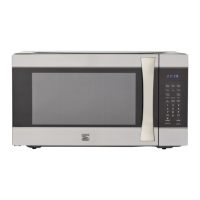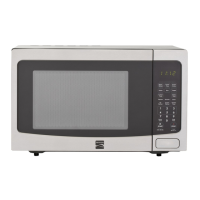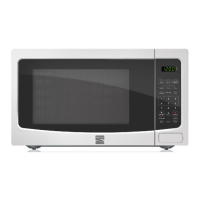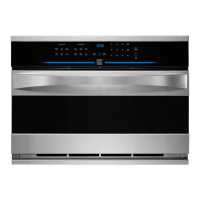32
Cooking utensils
Microwave utensil guide
USE DO NOT USE
OVEN PROOF GLASS (treated for
high intensity heat):
Utility dishes, loaf dishes, pie
plates, cake plates, liquid
measuring cups, casseroles and
bowls without metallic trim.
CHINA:
Bowls, cups, serving plates and
platters without metallic trim.
PLASTIC:
Plastic wrap (as a cover)-- lay the
plastic wrap loosely over the dish
and press it to the sides.
Vent plastic wrap by turning back
one edge slightly to allow excess
steam to escape. The dish should
be deep enough so that the plastic
wrap will not touch the food. As
the food heats it may melt the
plastic wrap wherever the wrap
touches the food.
Use plastic dishes, cups, semirigid
freezer containers and plastic
bags only for short cooking times.
Use these with care because the
plastic may soften from the heat of
the food.
PAPER:
Paper towels, waxed paper, paper
napkins, and paper plates with no
metallic trim or design. Look for
the manufacturer’s label for use in
the microwave oven.
METAL UTENSILS:
Metal shields the food from microwave energy and
produces uneven cooking. Also avoid metal skewers,
thermometers or foil trays. Metal utensils can cause
arcing, which is a discharge of electrical energy that can
damage your microwave oven.
METAL DECORATION:
Metal-trimmed or metal-banded dinnerware, casserole
dishes, etc. The metal trim interferes with normal cooking
and may damage the oven.
ALUMINUM FOIL:
Avoid large sheets of aluminum foil because they hinder
cooking and may cause arcing, which is a discharge of
electrical energy that can damage your microwave oven.
Use small pieces of foil to shield poultry legs and wings.
Keep ALL aluminum foil at least 1 inch from the side walls
and door of the oven.
WOOD:
Wooden bowls and boards will dry out and may split or
crack when you use them in the microwave oven. Baskets
react in the same way.
TIGHTLY COVERED UTENSILS:
Be sure to leave openings for steam to escape from
covered utensils.
Pierce plastic pouches of vegetables or other food items
before cooking.
Tightly closed pouches could explode.
BROWN PAPER:
Avoid using brown paper bags.
They absorb too much heat and could burn.
FLAWED OR CHIPPED UTENSILS:
$Q\XWHQVLOWKDWLVFUDFNHGÁDZHGRUFKLSSHGPD\EUHDN
in the oven.
METAL TWIST TIES:
Remove metal twist ties from plastic or paper bags.
7KH\EHFRPHKRWDQGFRXOGFDXVHDÀUH
8505_XAA_03805A-EN+MES.indb 32 2010-07-08 6:46:06
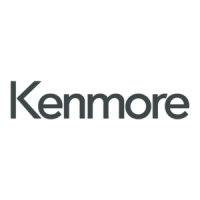
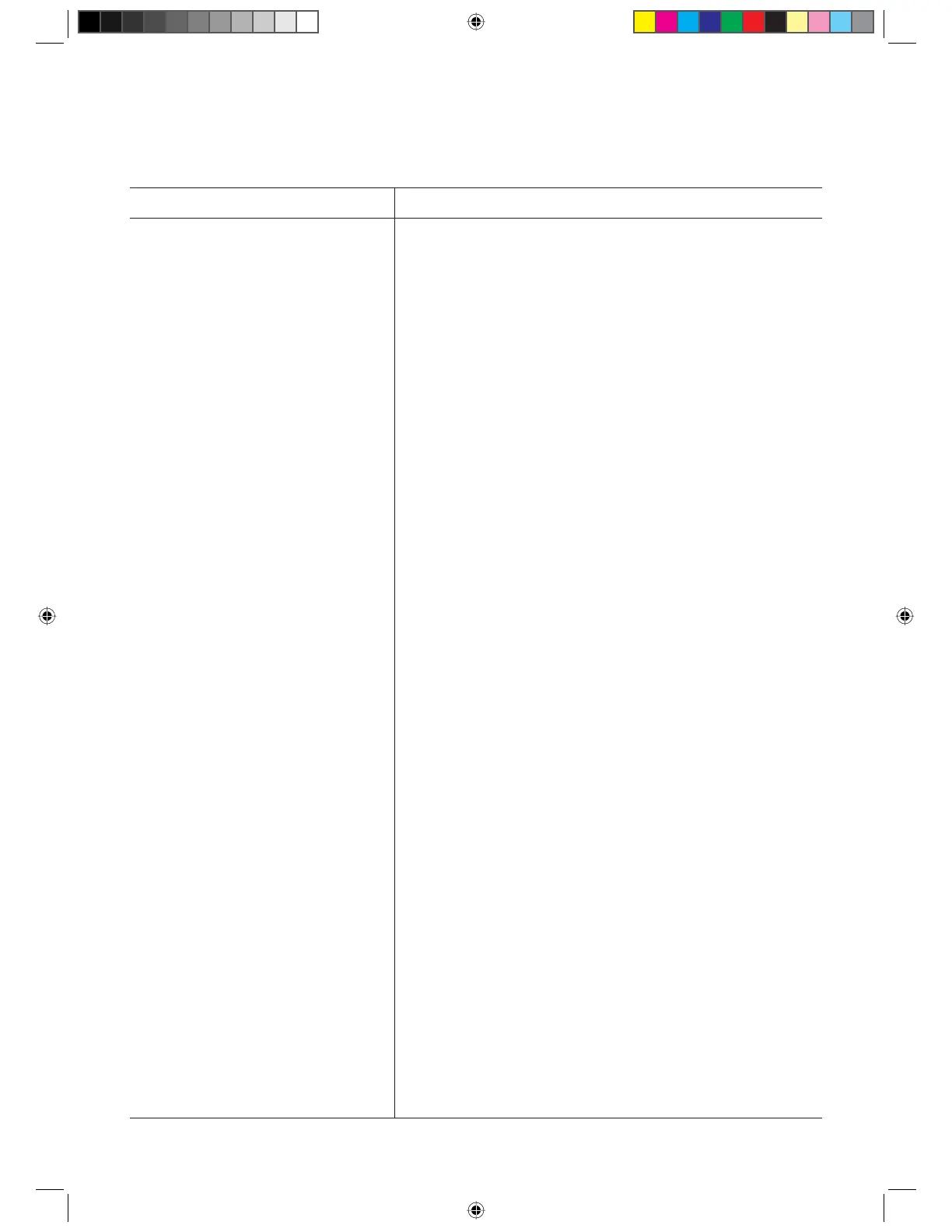